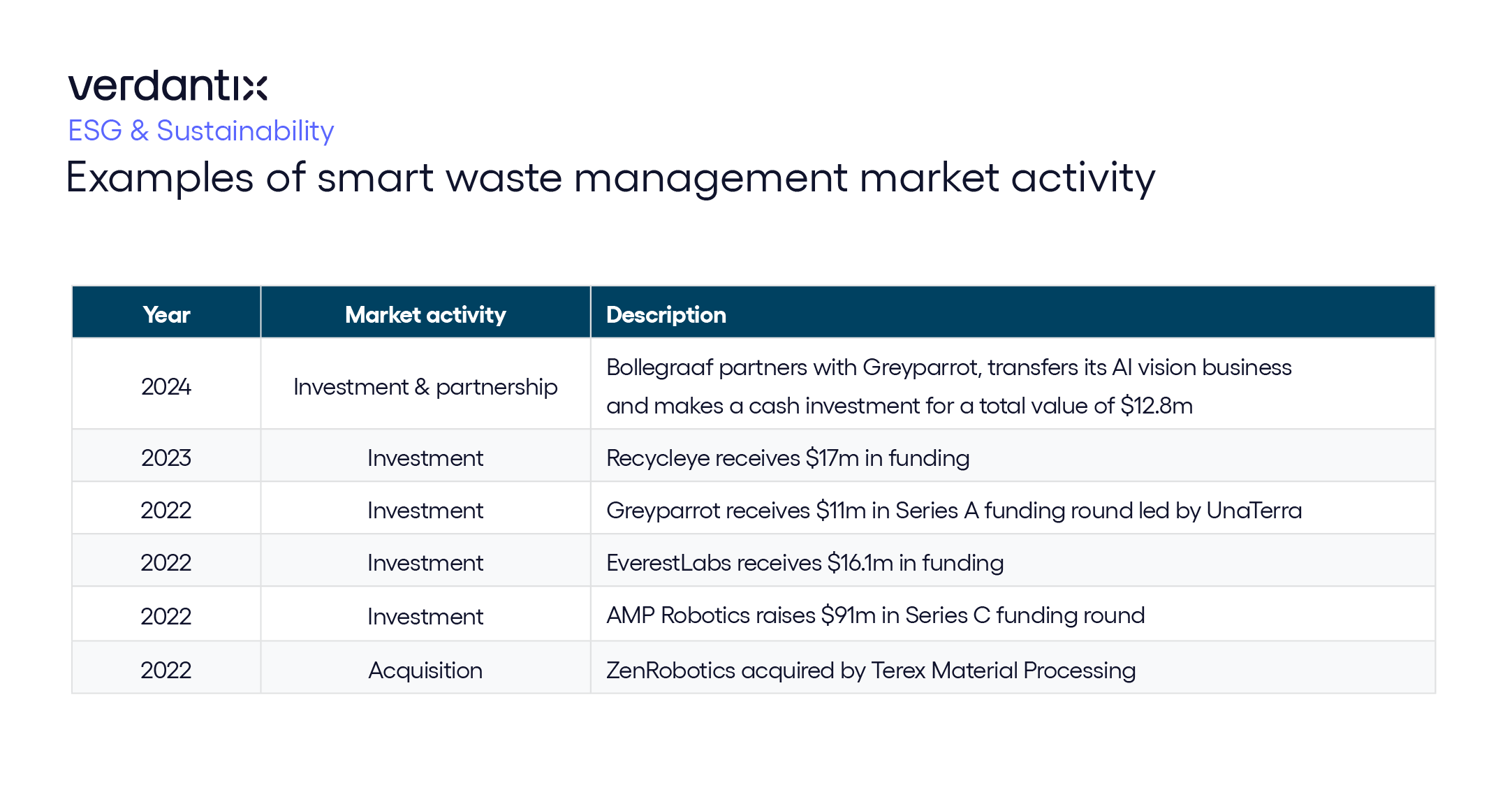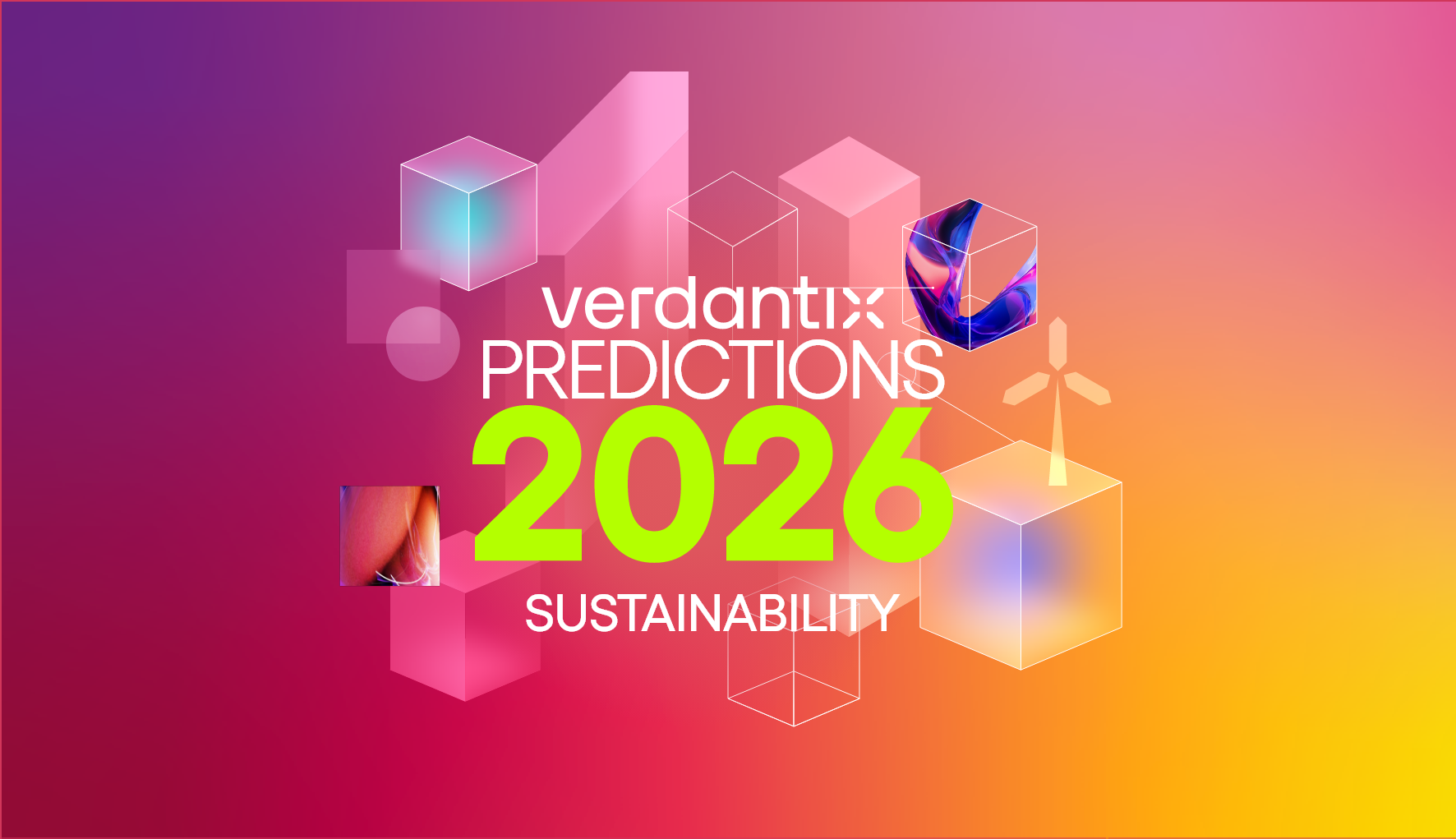Bollegraaf And Greyparrot Partnership: Accelerating The Digitization Of The Waste And Recycling Sector
By 2050, 3.4 billion tonnes of solid waste are expected to be generated annually. Recycling plays a pivotal role in reducing such waste by giving materials a second life. Yet there are only 5,500 material recovery facilities (MRFs) in operation across the world, with only 1% of waste being monitored and 40% of waste sorting conducted manually. It is not surprising, therefore, that $80-$120 billion in material value is lost to landfill and incineration from plastic waste in the US every year due to lack of infrastructure and automation.
Constructing smart MRF plants and upgrading existing facilities with innovative technologies such as AI would boost processing speeds, enhance recycling rates and address increasing waste volume. Start-ups have emerged in response to this demand for digital innovation in the waste and recycling sector, and several have received significant investment, such as the Bollegraaf and Greyparrot partnership (see below).

The Greyparrot and Bollegraaf partnership highlights commitment to tackling the recycling challenge and exemplifies the mutually beneficial dynamism of waste innovation, in other words bringing start-ups and major groups together to foster transformation. As Bollegraaf holds the majority share in the global recycling facilities market, it has the critical physical infrastructure, whilst Greyparrot provides the digital layer through its integrated AI waste analytics solution.
AI-enabled real-time waste and recycling data helps to recover financial and material value by digitizing and automating waste management systems and processes. Specifically, smart waste management can:
- Augment efficiency and increase data transparency. Not only does this enable waste managers to confidently prove regulatory and contractual compliance, but powers fact-based decision-making by providing firms with an accurate overview of their real-time waste composition.
- Maximize ROI through material value recapture. Waste materials that traditionally would be sent to landfill or incineration can be recovered from mixed and contaminated waste streams, thereby regaining lost financial value.
As more plant and waste managers leverage AI waste analytics, the industry will have the necessary data-driven insights to construct, operate and scale smart MRFs that will capture additional value from recovered materials and reduce negative environmental impact from waste. As Ambarisg Mitra, Greyparrot co-founder, said “intelligence is generally the future and waste intelligence is a certain future”.
To learn more about innovation and market dynamics in the waste and recycling industry, read the following reports:
About The Author

Jessie Wilson
Industry Analyst





